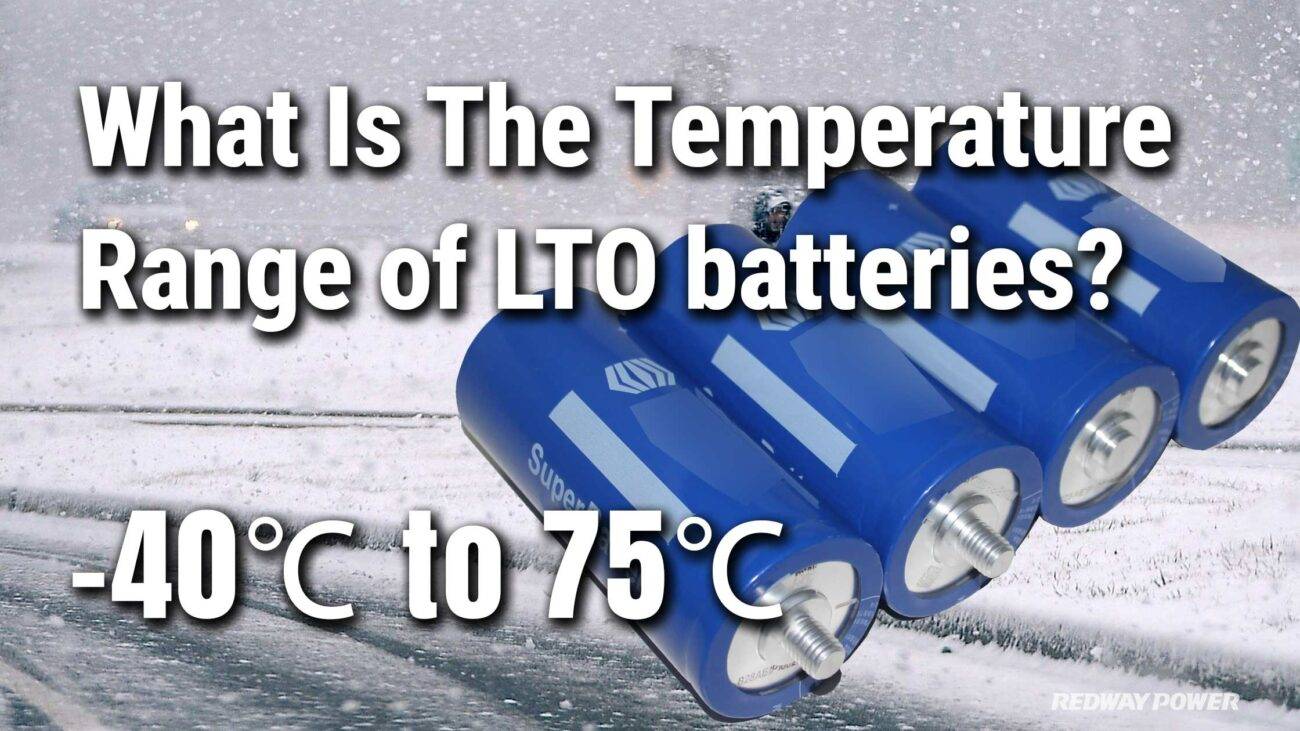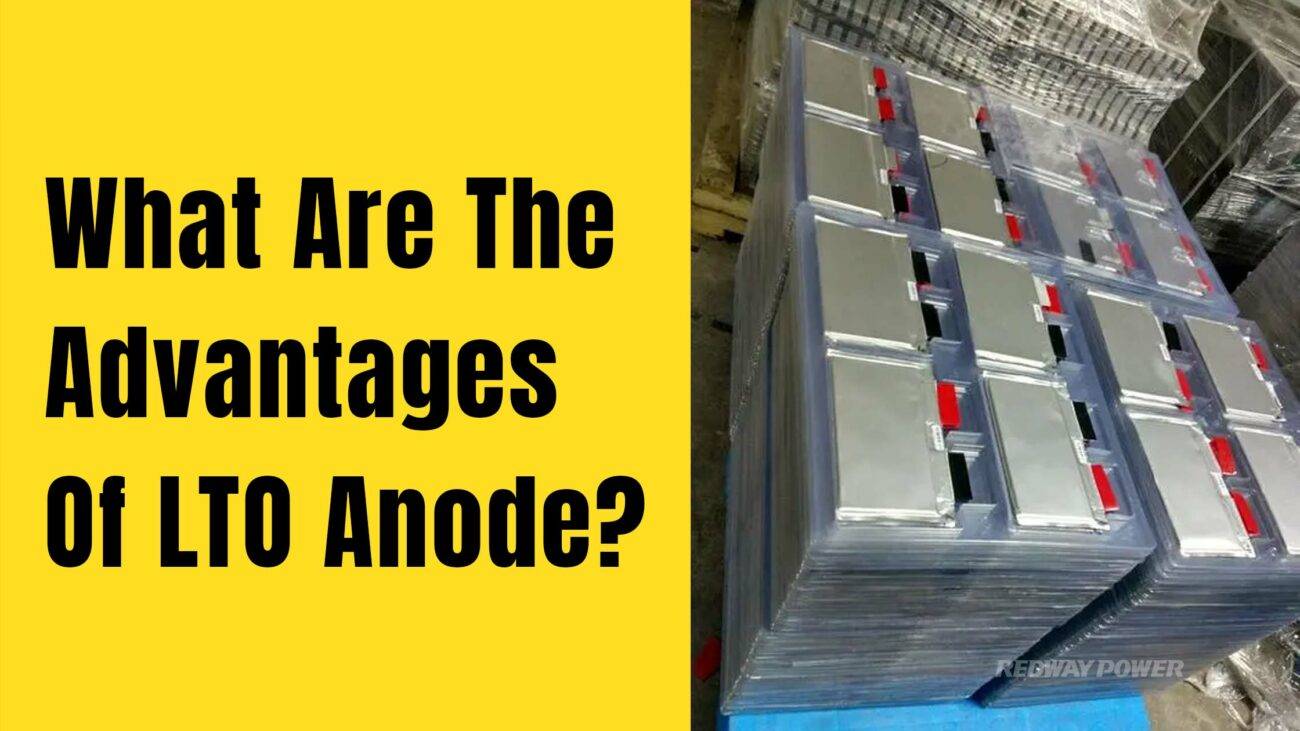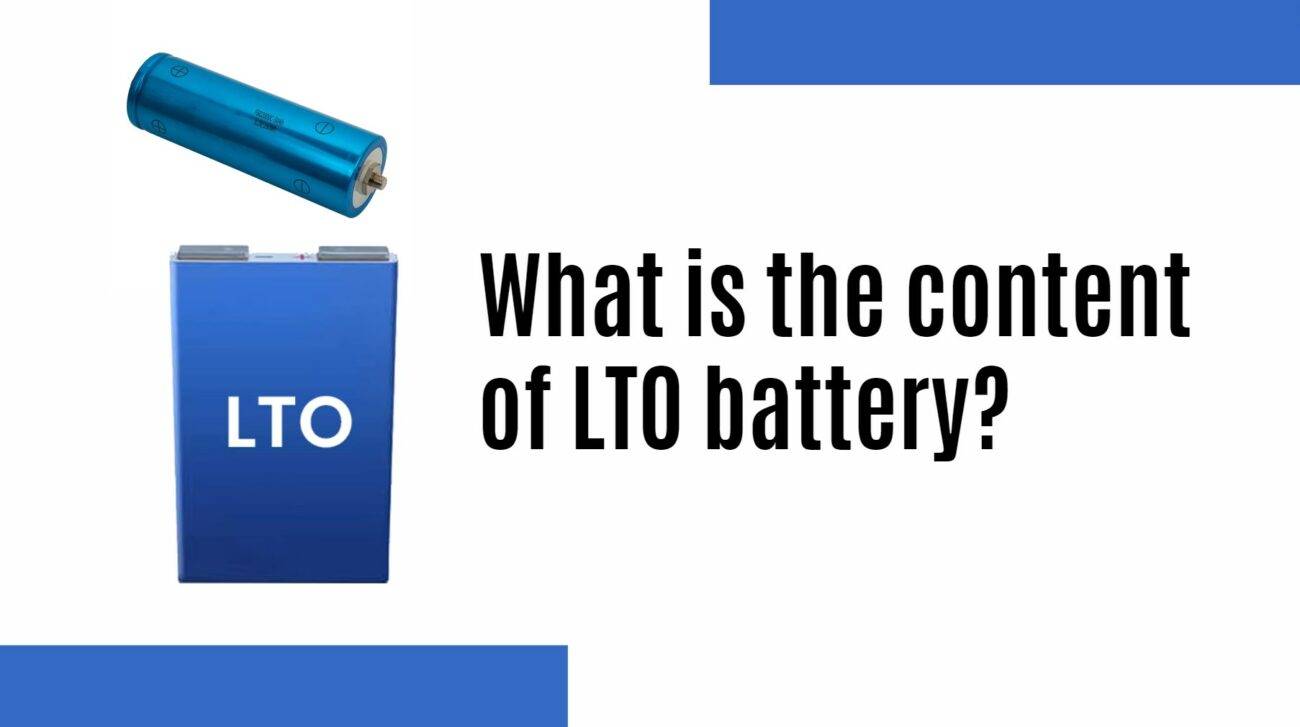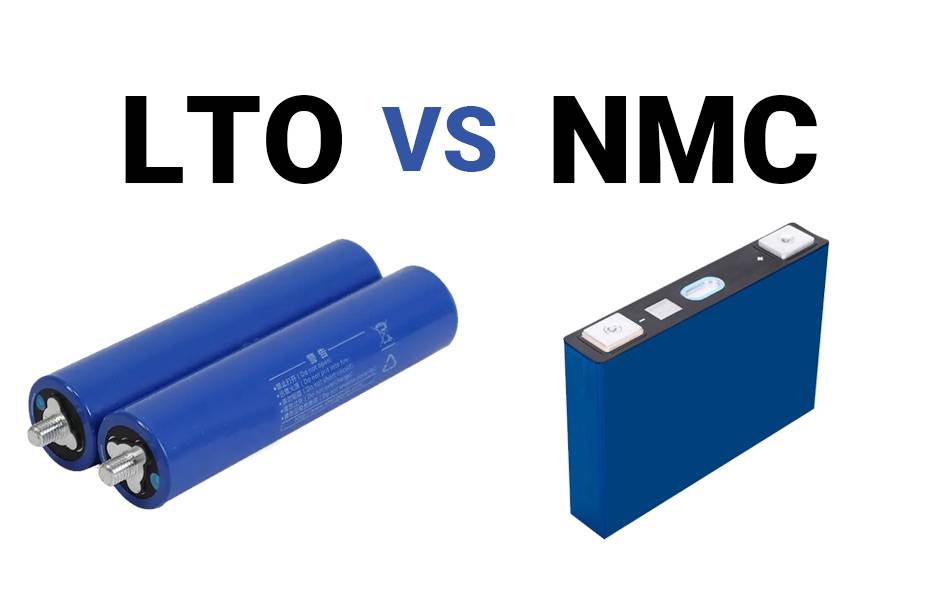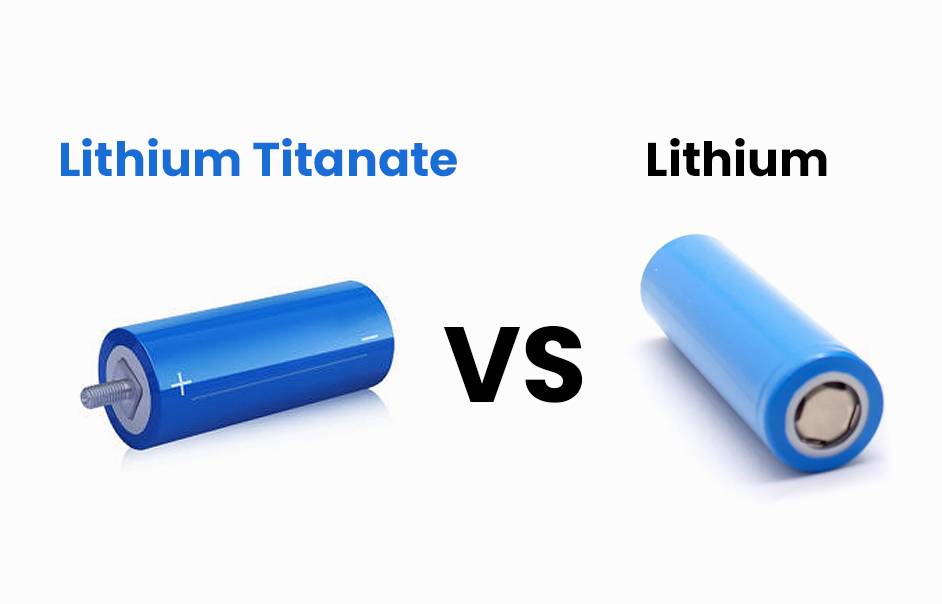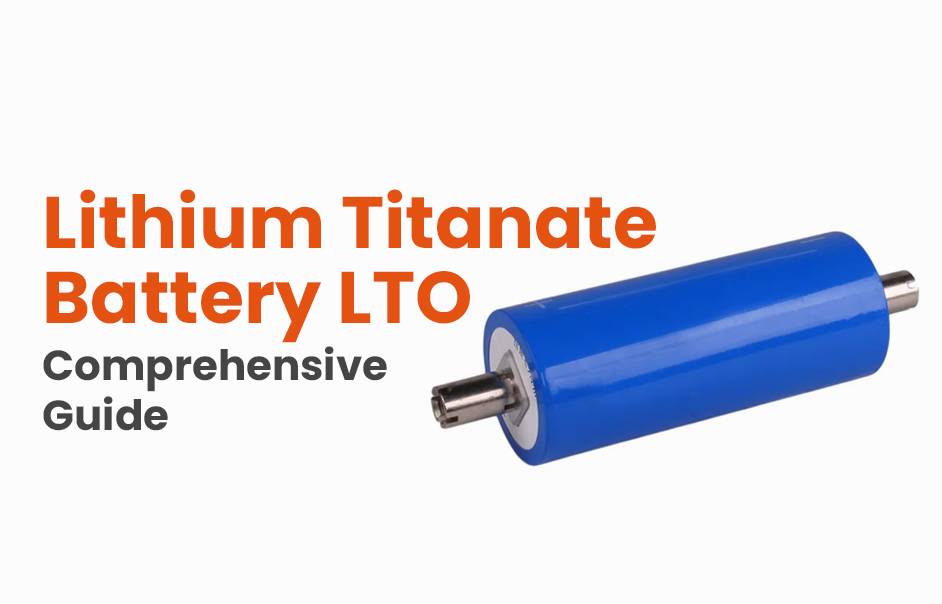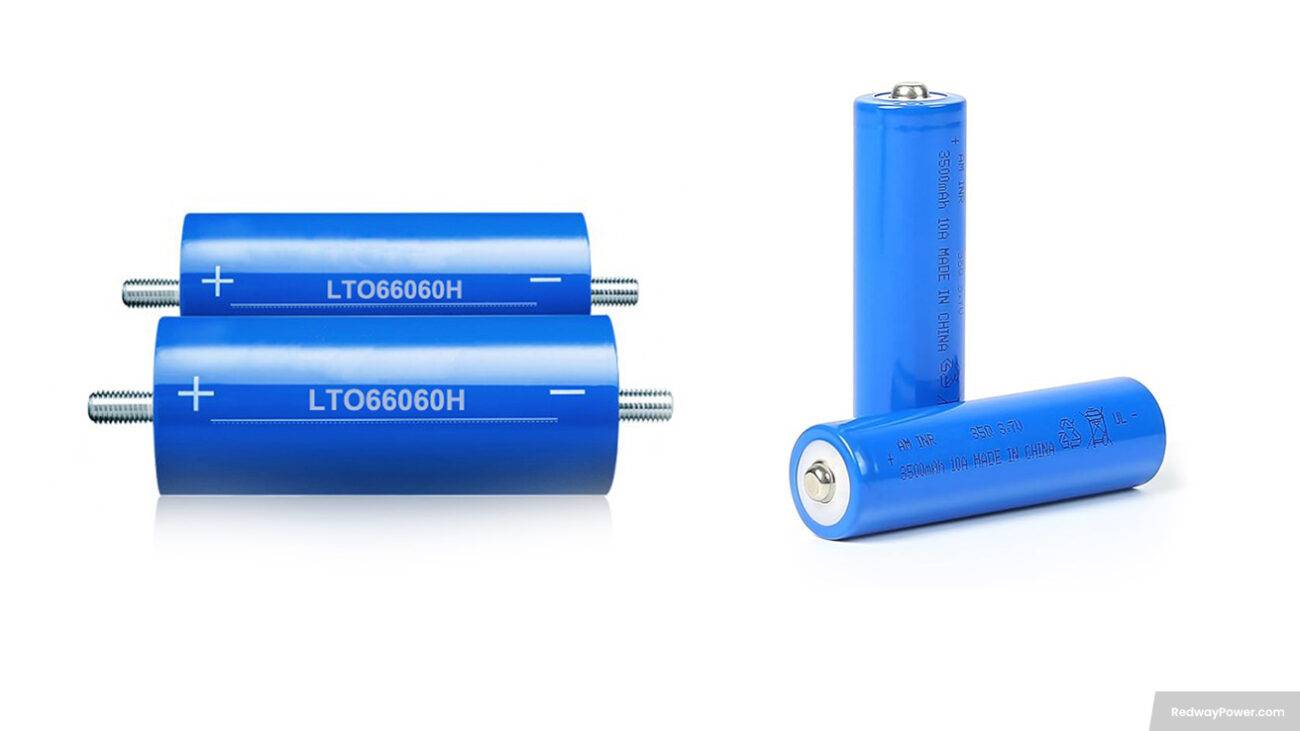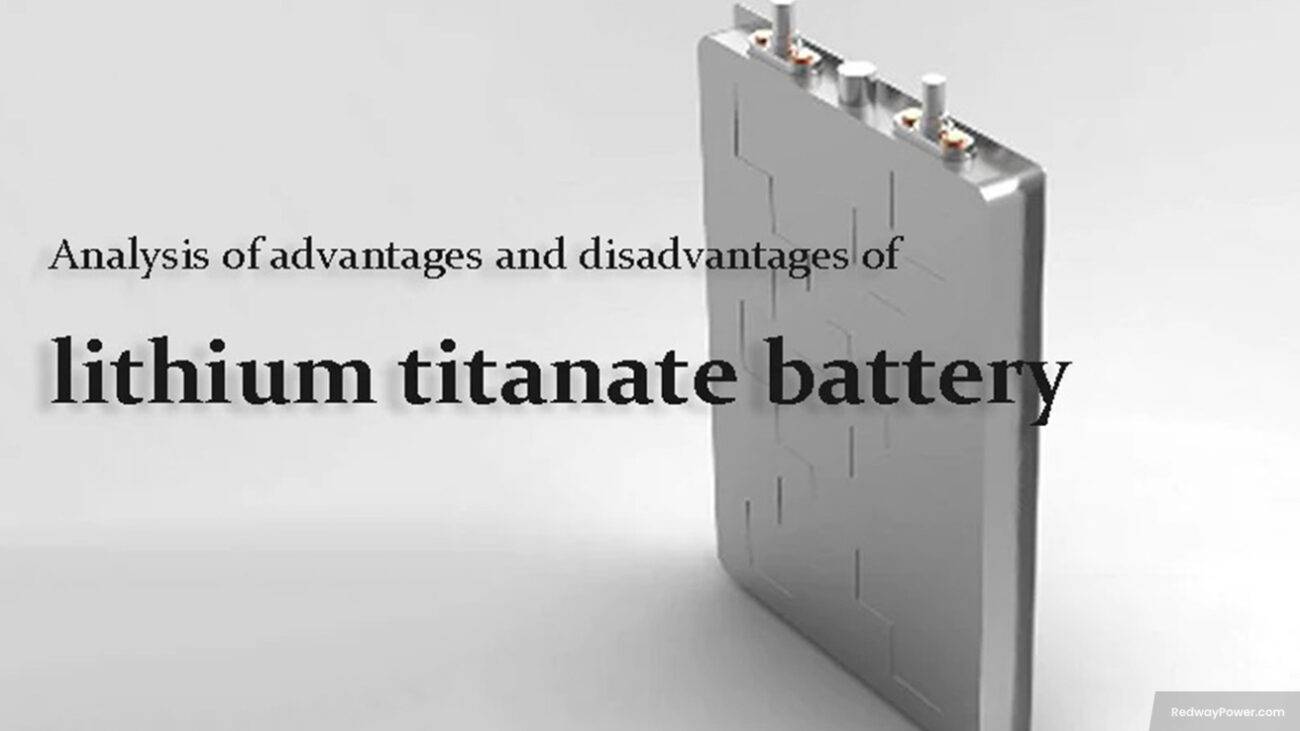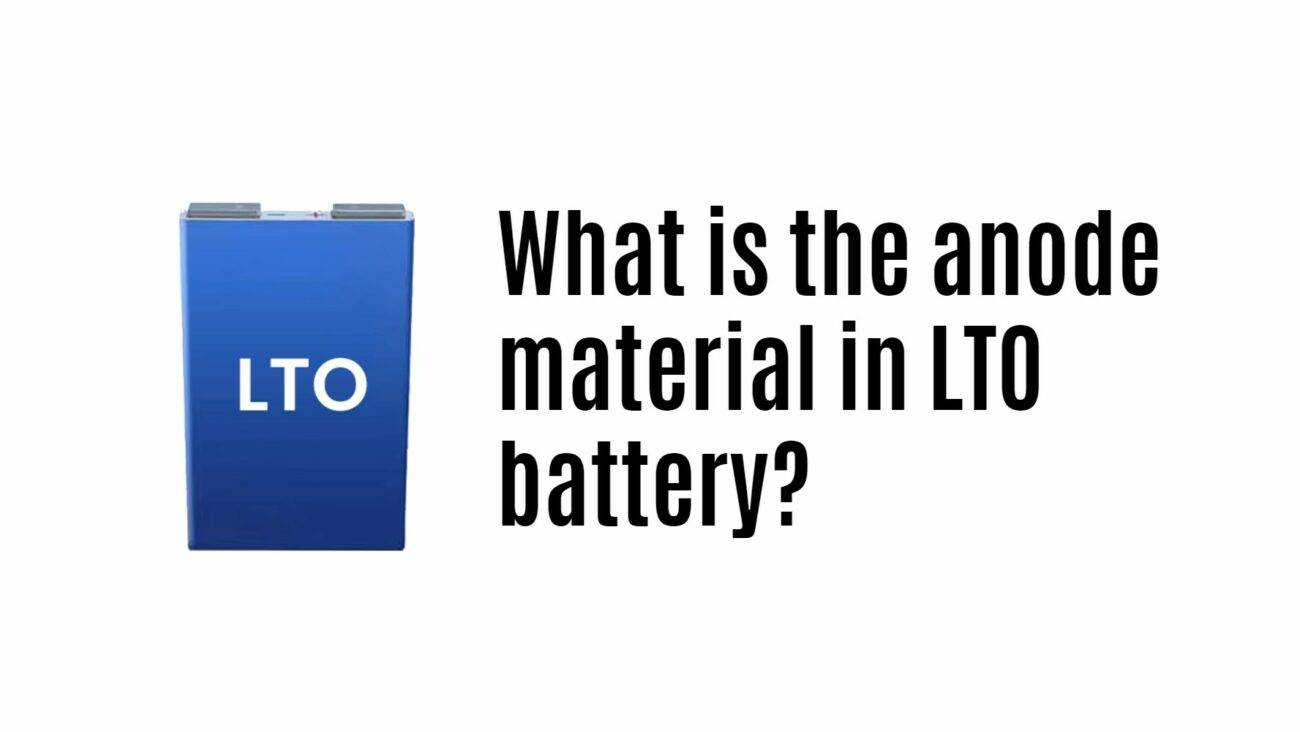- Forklift Lithium Battery
-
48V
- 48V 210Ah
- 48V 300Ah
- 48V 420Ah (949 x 349 x 569 mm)
- 48V 420Ah (950 x 421 x 450 mm)
- 48V 456Ah
- 48V 460Ah (830 x 630 x 590 mm)
- 48V 460Ah (950 x 421 x 450 mm)
- 48V 460Ah (800 x 630 x 600 mm)
- 48V 460Ah (820 x 660 x 470 mm)
- 48V 500Ah
- 48V 560Ah (810 x 630 x 600 mm)
- 48V 560Ah (950 x 592 x 450 mm)
- 48V 600Ah
- 48V 630Ah
-
48V
- Lithium Golf Cart Battery
- 12V Lithium Battery
12V 150Ah Lithium RV Battery
Bluetooth App | BCI Group 31
LiFePO4 Lithium
Discharge Temperature -20°C ~ 65°C
Fast Charger 14.6V 50A
Solar MPPT Charging - 24V Lithium Battery
- 36V Lithium Battery
- 48V Lithium Battery
-
48V LiFePO4 Battery
- 48V 50Ah
- 48V 50Ah (for Golf Carts)
- 48V 60Ah (8D)
- 48V 100Ah (8D)
- 48V 100Ah
- 48V 100Ah (Discharge 100A for Golf Carts)
- 48V 100Ah (Discharge 150A for Golf Carts)
- 48V 100Ah (Discharge 200A for Golf Carts)
- 48V 150Ah (for Golf Carts)
- 48V 160Ah (Discharge 100A for Golf Carts)
- 48V 160Ah (Discharge 160A for Golf Carts)
-
48V LiFePO4 Battery
- 60V Lithium Battery
-
60V LiFePO4 Battery
- 60V 20Ah
- 60V 30Ah
- 60V 50Ah
- 60V 50Ah (Small Size / Side Terminal)
- 60V 100Ah (for Electric Motocycle, Electric Scooter, LSV, AGV)
- 60V 100Ah (for Forklift, AGV, Electric Scooter, Sweeper)
- 60V 150Ah (E-Motocycle / E-Scooter / E-Tricycle / Tour LSV)
- 60V 200Ah (for Forklift, AGV, Electric Scooter, Sweeper)
-
60V LiFePO4 Battery
- 72V~96V Lithium Battery
- Rack-mounted Lithium Battery
- E-Bike Battery
- All-in-One Home-ESS
- Wall-mount Battery ESS
-
Home-ESS Lithium Battery PowerWall
- 24V 100Ah 2.4kWh PW24100-S PowerWall
- 48V 50Ah 2.4kWh PW4850-S PowerWall
- 48V 50Ah 2.56kWh PW5150-S PowerWall
- 48V 100Ah 5.12kWh PW51100-F PowerWall (IP65)
- 48V 100Ah 5.12kWh PW51100-S PowerWall
- 48V 100Ah 5.12kWh PW51100-H PowerWall
- 48V 200Ah 10kWh PW51200-H PowerWall
- 48V 300Ah 15kWh PW51300-H PowerWall
PowerWall 51.2V 100Ah LiFePO4 Lithium Battery
Highly popular in Asia and Eastern Europe.
CE Certification | Home-ESS -
Home-ESS Lithium Battery PowerWall
- Portable Power Stations
What Is the Efficiency of LTO Batteries?
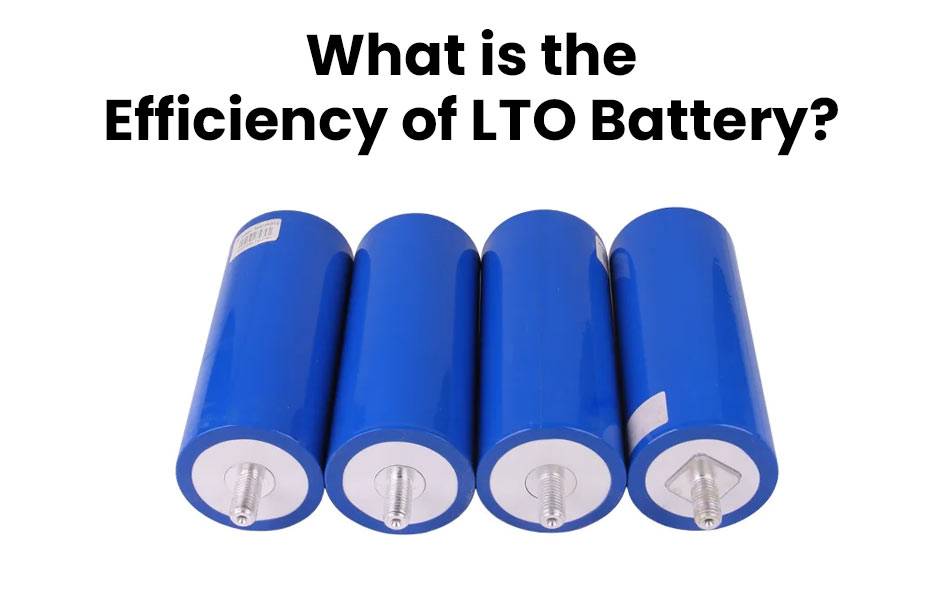
LTO (Lithium Titanate Oxide) batteries are known for their high efficiency, particularly in fast charging and long cycle life. Typically, they exhibit charge-discharge efficiencies exceeding 97%, making them suitable for applications requiring rapid energy delivery and frequent cycling. Understanding the efficiency of LTO batteries is essential for evaluating their performance across various applications.
What is the Efficiency of LTO Batteries?
The efficiency of an LTO battery refers to its ability to convert stored energy into usable power during charge and discharge cycles. Generally, LTO batteries have a charge-discharge efficiency ranging from 97% to 98%. This means that only a small percentage of energy is lost as heat during these processes, making them highly efficient compared to other battery technologies.
| Efficiency Metric | Value |
|---|---|
| Charge Efficiency | 97% – 98% |
| Discharge Efficiency | 97% – 98% |
| Overall Cycle Efficiency | Approximately 95% |
This high efficiency is particularly advantageous in applications where quick energy delivery is crucial, such as in electric vehicles and grid storage systems.
How Do LTO Batteries Compare to Other Battery Technologies?
When comparing the efficiency of LTO batteries to other common battery types, several distinctions emerge:
| Battery Type | Charge Efficiency | Cycle Life | Energy Density |
|---|---|---|---|
| Lithium Titanate (LTO) | 97% – 98% | >30,000 cycles | Low (~80 Wh/kg) |
| Lithium-Ion | ~95% | 500 – 2,000 cycles | High (~150 Wh/kg) |
| Lead-Acid | ~70% | 200 – 1,000 cycles | Medium (~30 Wh/kg) |
While lithium-ion batteries offer higher energy density, LTO batteries excel in longevity and safety, making them suitable for specific applications that prioritize rapid charging and high cycle counts.
What Factors Affect the Efficiency of LTO Batteries?
Several factors influence the efficiency of LTO batteries:
- Temperature: Operating within optimal temperature ranges (typically between -30°C to 60°C) ensures maximum efficiency. Extreme temperatures can reduce performance.
- Charging Rates: Fast charging capabilities allow for efficient energy transfer; however, excessively high rates may lead to increased heat generation.
- State of Charge (SoC): The efficiency can vary based on how full or empty the battery is; optimal performance is usually observed within a mid-range SoC.
Why Are LTO Batteries Considered Safe and Reliable?
LTO batteries are recognized for their safety features:
- Thermal Stability: They have a lower risk of thermal runaway compared to traditional lithium-ion batteries due to their unique chemistry.
- Durability: With over 30,000 charge-discharge cycles, they significantly outlast many other battery types.
- Minimal Dendrite Formation: Their structure prevents dendrite growth during charging, which can lead to short circuits in other battery types.
These characteristics make them ideal for applications where safety and reliability are paramount.
How Efficient Are LTO Batteries in Real-World Applications?
In practical applications, such as electric vehicles (EVs) and renewable energy storage systems, LTO batteries demonstrate impressive efficiency:
- Electric Vehicles: Their rapid charging capability allows for quick turnaround times at charging stations.
- Grid Storage: They efficiently store excess energy generated by renewable sources like solar and wind, providing stability to the grid during peak demand.
For instance, an electric bus equipped with an LTO battery can be charged in about 10 minutes, allowing it to operate efficiently throughout the day.
What Are the Advantages of Using LTO Batteries?
The advantages of using LTO batteries include:
- Fast Charging: Can be fully charged in minutes due to high charge rates.
- Long Cycle Life: Capable of enduring over 30,000 cycles, significantly reducing replacement costs.
- Wide Operating Temperature Range: Effective performance in extreme conditions enhances versatility.
- High Safety Profile: Lower risk of overheating or catching fire compared to other lithium-based technologies.
These benefits make them particularly attractive for industries requiring reliable power solutions.
How Do Charging Rates Impact LTO Battery Efficiency?
Charging rates play a crucial role in determining how efficiently an LTO battery operates:
- High Charge Rates: While they can handle rapid charging without significant losses, excessively high rates may lead to increased heat generation.
- Optimal Charging: For best results, it’s recommended to charge within specified limits (typically around C/2 rate), balancing speed with efficiency.
This careful management ensures that users maximize both performance and lifespan.
What Replacement Options Are Available for Lithium-Ion Batteries?
For those looking for alternatives or replacements for lithium-ion batteries, consider:
- Nickel-Metal Hydride (NiMH): Offers decent performance but generally has lower energy density than lithium-ion.
- Lead-Acid Batteries: More affordable but heavier and less efficient compared to lithium-ion options.
- Solid-State Batteries: Emerging technology with potential advantages in safety and energy density.
Redway Power has great solutions for enhancing performance with high-quality lithium-ion batteries tailored to specific needs.
Tips for Battery Wholesale Buyers
When sourcing batteries wholesale, consider these key points:
- Quality Assurance: Ensure manufacturers adhere to strict quality standards.
- Experience: Choose manufacturers with proven expertise in lithium battery production.
- OEM Capabilities: Look for manufacturers like Redway Power, known for their OEM services, ensuring they can meet specific design requirements.
To place an OEM order with a reliable manufacturer like Redway Power, follow these steps:
- Define your specifications clearly.
- Contact the manufacturer to discuss your needs.
- Review samples or prototypes before finalizing your order.
Redway Power Expert Views
“Lithium titanate oxide (LTO) batteries are revolutionizing energy storage with their outstanding efficiency,” states an expert from Redway Power. “Their unique properties not only enhance performance but also ensure safety across various demanding applications.”
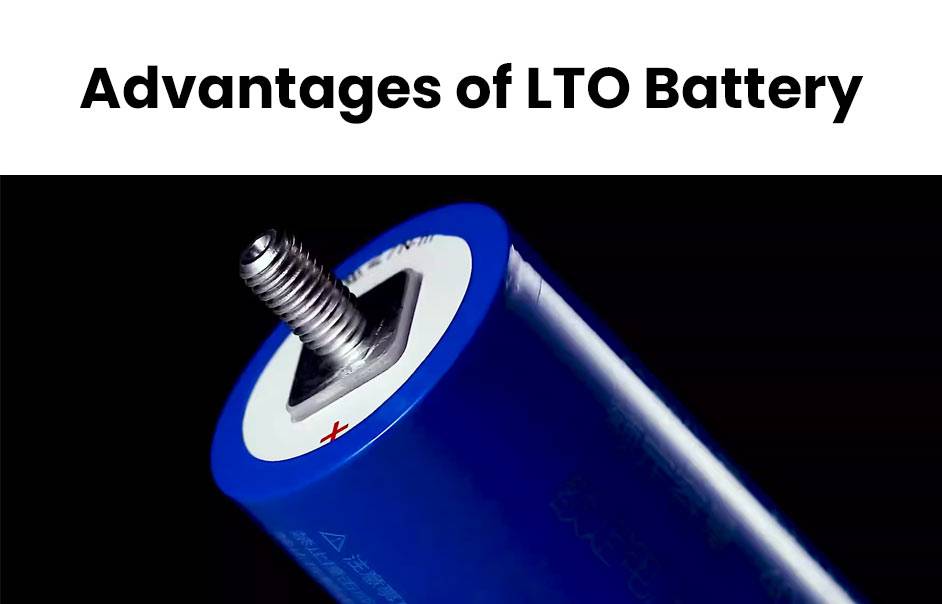
FAQs
What is the performance of LTO battery?
Lithium-titanate (LTO) batteries offer excellent performance in terms of high power density, rapid charging and discharging capabilities, and a long cycle life. They can withstand thousands of charge-discharge cycles without significant degradation, making them ideal for applications that require frequent cycling.
Which is better LTO battery or LiFePO4 battery?
The choice between LTO and LiFePO4 batteries depends on specific application requirements. LTO batteries excel in high-power applications, fast charging, and long cycle life, while LiFePO4 batteries offer higher energy density and better thermal stability. LiFePO4 batteries may be preferred for energy storage applications, while LTO batteries are often chosen for applications where rapid charging, high power output, and durability are crucial.
What are the disadvantages of LTO batteries?
Despite their many advantages, LTO batteries tend to have lower energy density compared to other lithium-ion chemistries, meaning they store less energy per unit of volume or weight. This can result in larger and heavier battery packs for a given energy storage capacity. Additionally, LTO batteries typically have higher initial costs compared to some other lithium-ion chemistries.
What are the advantages of LTO batteries?
Lithium-titanate (LTO) batteries offer several advantages, including high power density, rapid charging and discharging capabilities, long cycle life, and excellent thermal stability. They are also known for their safety and reliability, making them suitable for demanding applications such as electric vehicles and energy storage systems.
What is the life of a lithium titanate battery?
Lithium-titanate (LTO) batteries have an exceptionally long cycle life, capable of enduring tens of thousands of charge-discharge cycles without significant degradation. This longevity makes them highly durable and reliable for use in applications that require frequent cycling, such as electric vehicles and renewable energy storage systems.
Which type of battery is best in the world?
The “best” type of battery depends on the specific requirements of the application. Different battery chemistries offer various combinations of energy density, power density, cycle life, safety, and cost. For example, lithium-ion batteries, including variations like lithium-titanate (LTO) and lithium iron phosphate (LiFePO4), are widely used and considered among the best for various applications due to their high energy density, excellent cycle life, and rapid charging capabilities.
What is the C rate of LTO?
The C-rate of a battery refers to the rate at which it is charged or discharged relative to its capacity. Lithium-titanate (LTO) batteries typically have a high C-rate capability, allowing them to be charged and discharged at rates exceeding 10C or even higher. This rapid charging and discharging capability make them suitable for applications where quick energy transfer is essential, such as electric vehicles.
Which types of batteries last the longest?
Lithium-titanate (LTO) batteries are known for their exceptional longevity, capable of enduring tens of thousands of charge-discharge cycles with minimal degradation. Other lithium-ion chemistries, such as lithium iron phosphate (LiFePO4), also offer long cycle lives compared to traditional lead-acid batteries or other lithium-ion variants.
What is the difference between LTO and lithium-ion battery?
Lithium-titanate (LTO) batteries are a type of lithium-ion battery, but they differ in their electrode material. While traditional lithium-ion batteries often use graphite-based anodes, LTO batteries utilize lithium-titanate as the anode material. This difference results in various characteristics, including higher power density, rapid charging and discharging capabilities, excellent cycle life, and enhanced safety and thermal stability for LTO batteries compared to other lithium-ion chemistries.














